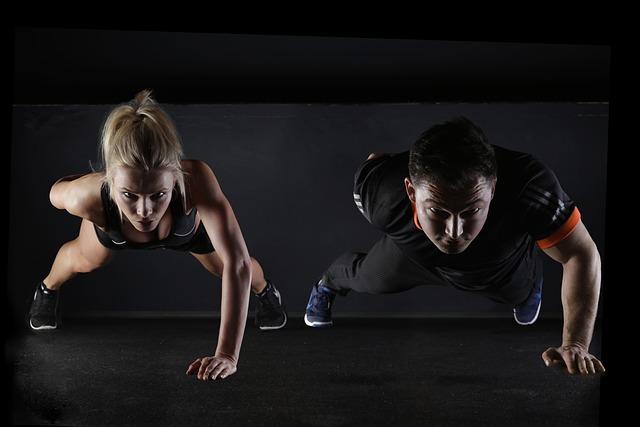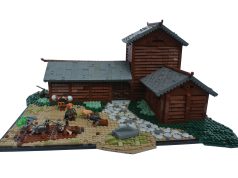Embarking on a strength training journey can be a transformative experience, regardless of your age. Whether you’re in your twenties, fifties, or beyond, it’s never too late to start reaping the numerous benefits that come with building muscle and enhancing your physical health. While the thought of lifting weights or joining a gym might seem daunting at first, understanding that strength training is accessible and adaptable for everyone can ease those initial anxieties. In this article, we will guide you through the essential steps to begin strength training safely and effectively, ensuring that you build not only physical strength but also confidence in your abilities. With empathy and encouragement, we’ll explore how to tailor a strength training routine that fits your unique needs and lifestyle, empowering you to embrace a healthier and more active future.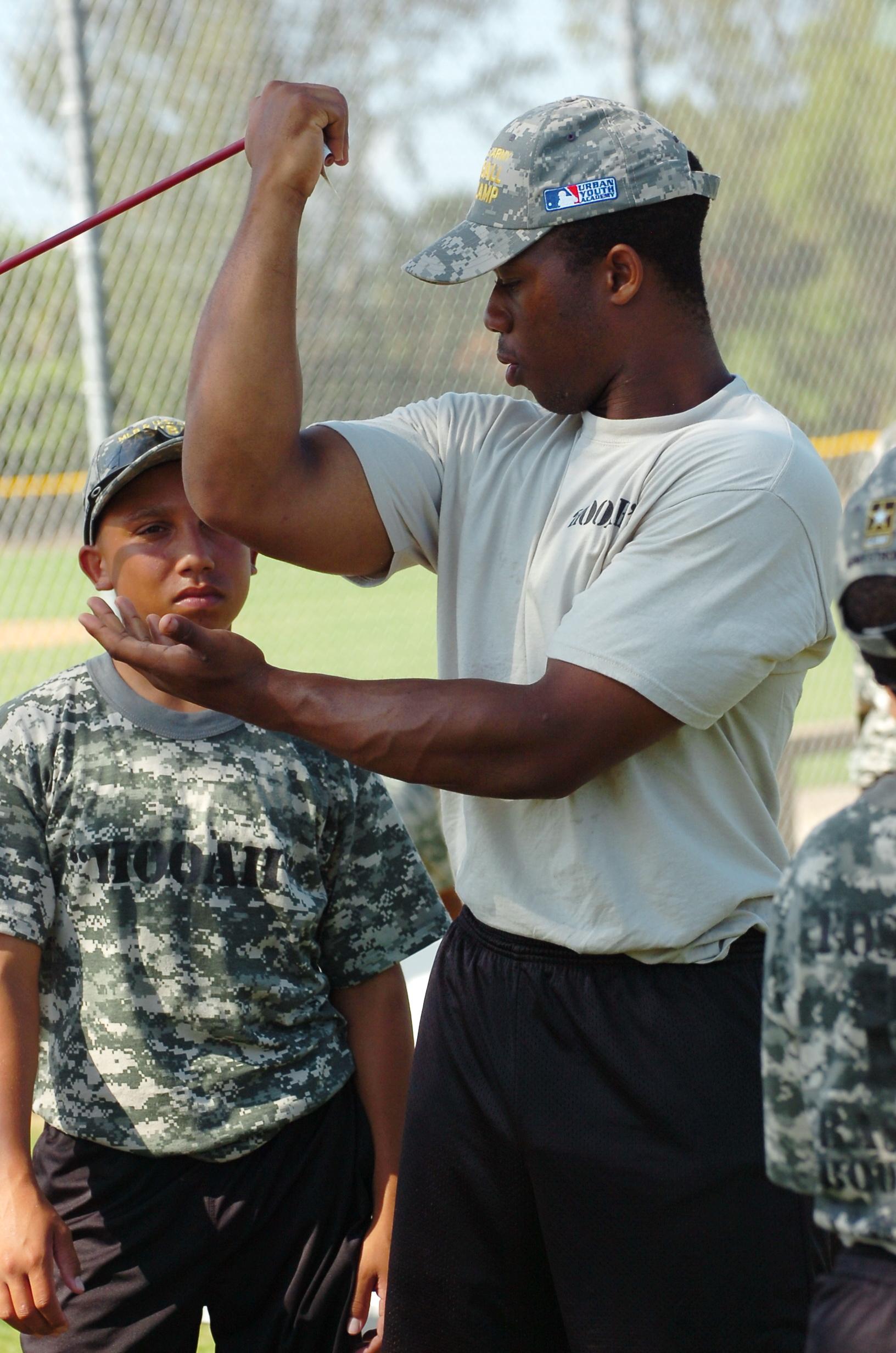
Understanding the Basics of Strength Training for Beginners
Embarking on a journey into strength training can be both exciting and daunting, especially if you’re starting later in life. The key to success lies in understanding a few foundational principles that can set you up for a rewarding experience. Strength training is not just about lifting heavy weights; it’s about using resistance to enhance muscle strength, improve endurance, and support overall health. Whether you’re 20 or 70, the principles remain the same: consistency, progression, and safety.
- Consistency: Aim to incorporate strength training into your routine at least two to three times a week. Regularity helps build muscle memory and encourages steady progress.
- Progression: Gradually increase the resistance or weight you’re working with. This can mean adding a few more pounds to your dumbbells or increasing the repetitions of your bodyweight exercises.
- Safety: Proper form is crucial. Focus on quality over quantity to prevent injuries. If unsure, consider working with a trainer to learn the correct techniques.
Here’s a simple comparison of basic equipment you might consider starting with:
| Equipment | Pros | Cons |
|---|---|---|
| Dumbbells | Versatile, easy to store | Limited weight range |
| Resistance Bands | Portable, affordable | Less stability |
| Bodyweight | Accessible, no cost | May require progressions for difficulty |
Remember, strength training is adaptable to any fitness level and can be customized to meet individual needs. Listen to your body and make adjustments as necessary, ensuring that your journey is both enjoyable and sustainable.

Adapting Your Routine to Suit Different Age Groups
Strength training is a versatile activity that can be tailored to suit different age groups, ensuring that everyone can reap its benefits. Children and Teens can focus on developing foundational movements with lighter weights and bodyweight exercises. Encourage activities like:
- Squats and lunges
- Push-ups and pull-ups
- Planks and bridges
As for Adults, the emphasis can shift towards building muscle mass and improving bone density. This can be achieved by incorporating a variety of free weights, resistance bands, and machines. Recommended exercises include:
- Deadlifts and bench presses
- Overhead presses and rows
- Leg presses and kettlebell swings
When it comes to Older Adults, the focus should be on maintaining mobility, balance, and strength. It’s important to use moderate weights and incorporate balance-enhancing exercises. Consider the following:
- Resistance band exercises
- Seated leg lifts and arm curls
- Chair squats and step-ups
Here’s a simple table to guide you in adapting your routine:
| Age Group | Focus | Exercise Examples |
|---|---|---|
| Children & Teens | Foundational Movements | Squats, Push-ups |
| Adults | Muscle Mass & Bone Density | Deadlifts, Bench Press |
| Older Adults | Mobility & Balance | Resistance Bands, Chair Squats |
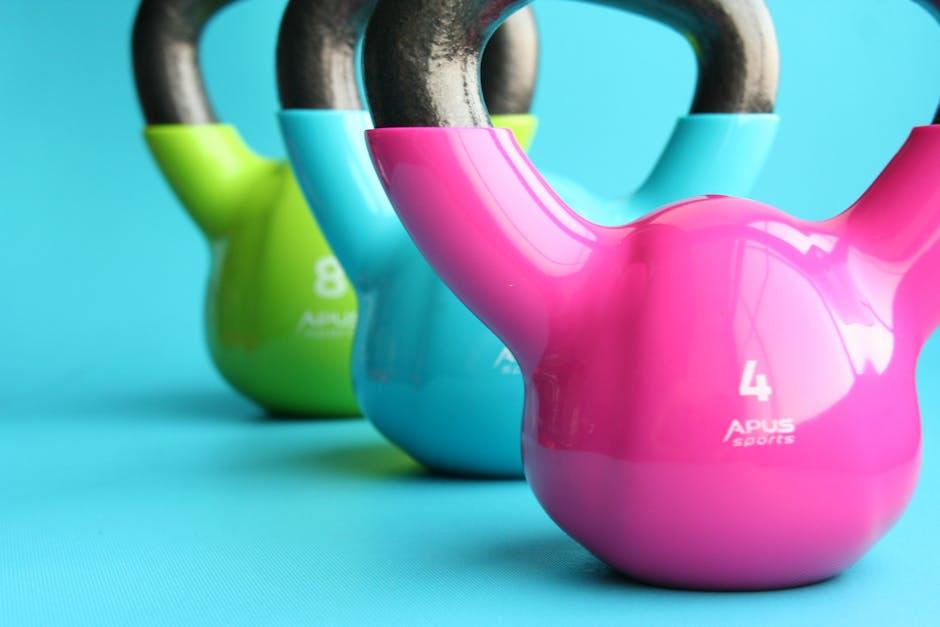
Choosing the Right Equipment for Your Fitness Level
Starting your strength training journey can be both exciting and daunting, especially when it comes to selecting the right equipment. It’s important to choose gear that matches your current fitness level to prevent injury and promote steady progress. Here are some tips to help you make the right choices:
- Beginners: If you’re just starting out, focus on bodyweight exercises and simple equipment like resistance bands or light dumbbells. These tools offer great versatility and help you build foundational strength without overwhelming your body.
- Intermediate: As you gain confidence, you might want to introduce more challenging equipment like kettlebells, medicine balls, or adjustable dumbbells. These allow for increased resistance and a wider range of exercises, helping to improve your overall fitness.
- Advanced: For those with more experience, consider investing in a barbell set or a home gym system. These options provide the necessary resistance for compound movements and enable you to tailor your workouts to specific goals.
| Fitness Level | Recommended Equipment |
|---|---|
| Beginner | Resistance Bands, Light Dumbbells |
| Intermediate | Kettlebells, Medicine Balls |
| Advanced | Barbell Set, Home Gym System |
Remember, the key is to start with what feels comfortable and gradually increase the intensity as your strength improves. Listening to your body and adjusting your equipment choices accordingly will ensure a safe and effective strength training experience at any age.
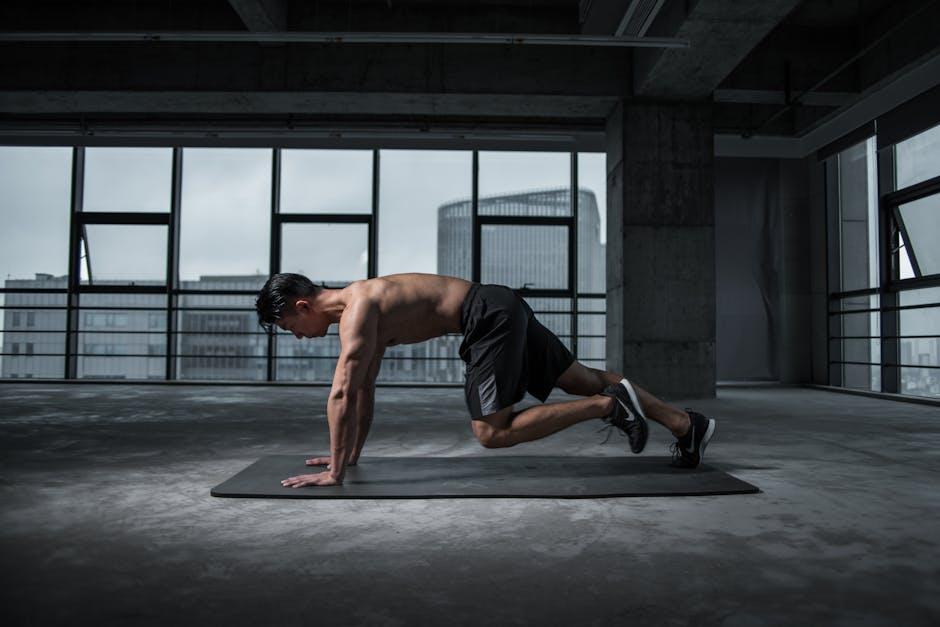
Creating a Safe and Effective Workout Plan
When embarking on a strength training journey, it’s crucial to design a workout plan that prioritizes both safety and effectiveness. Here are some key elements to consider:
- Consult a Professional: Before starting, consider consulting with a fitness professional to assess your current fitness level and discuss any health concerns.
- Start with Basic Movements: Focus on foundational exercises like squats, lunges, and push-ups. These movements build strength and improve functional fitness.
- Gradual Progression: Increase intensity and weights gradually to avoid injuries. Listen to your body and adjust the plan as needed.
Incorporating a balanced routine is essential. Here’s a simple framework to guide your weekly schedule:
| Day | Focus | Activity |
|---|---|---|
| Monday | Upper Body | Push-ups, Dumbbell Rows |
| Wednesday | Lower Body | Squats, Lunges |
| Friday | Core & Flexibility | Planks, Yoga |
Remember, rest and recovery are just as important as the workouts themselves. Aim for at least one or two rest days per week to allow your muscles to repair and grow stronger. Stay hydrated, nourish your body with balanced meals, and most importantly, enjoy the journey!































